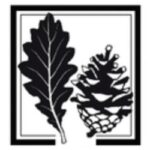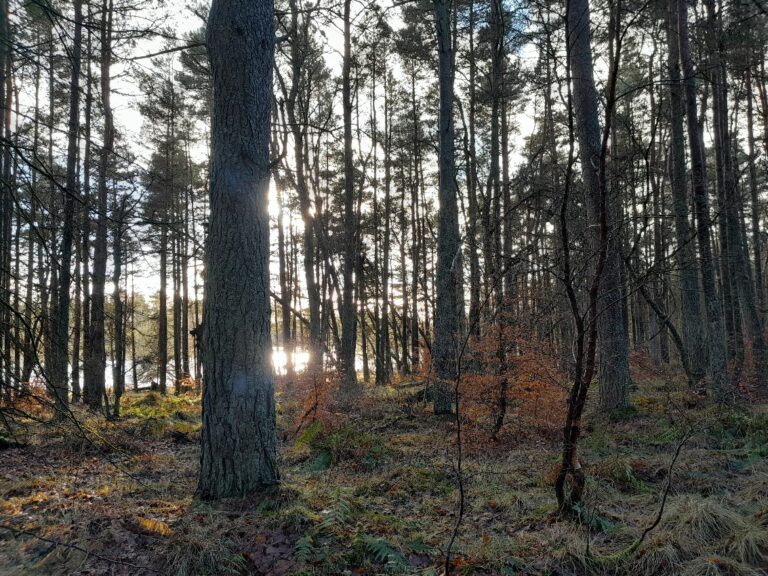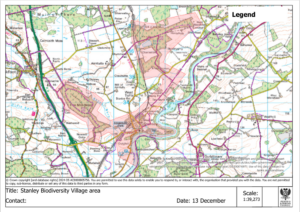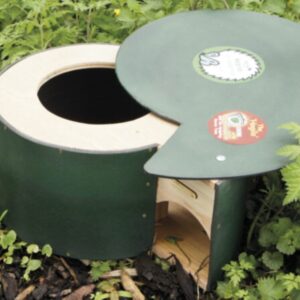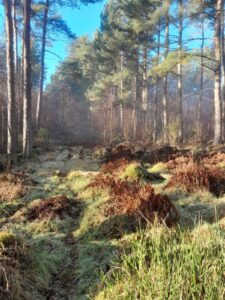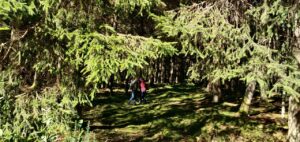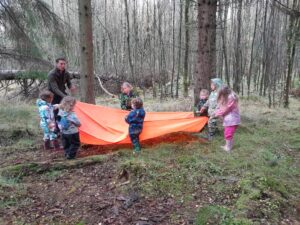Winter sun in Taymount Wood glinting off King’s Myre Loch
What has WSWG been doing this month?
The WSWG Proposal is a visionary, courageous and change-making plan put together purposefully to address the reality that the scale of action we need and deserve in transitioning to a sustainable and resilient future needs to start being commensurate with the scale of the social, ecological and climate challenges now so familiar to us all. The Scottish Government has signed Scotland up to working towards a Wellbeing Economy as something which works better for people and planet and the WSWG project intends to be part of that shift by:
- using the fortuitously (largely) native species composition (Scots pine and birch) to repurpose the woods with nature recovery and community benefit as their primary function
- improving access and using the woods to deliver community-led programmes for health and wellbeing, culture and creativity, life-long learning, community enterprise and more
- diversifying income streams through increasing “Living Forest” products and relying less on timber sales
- allowing the woods to grow old naturally so they can achieve their full ecological potential
- providing green jobs and supporting existing local businesses and service providers.
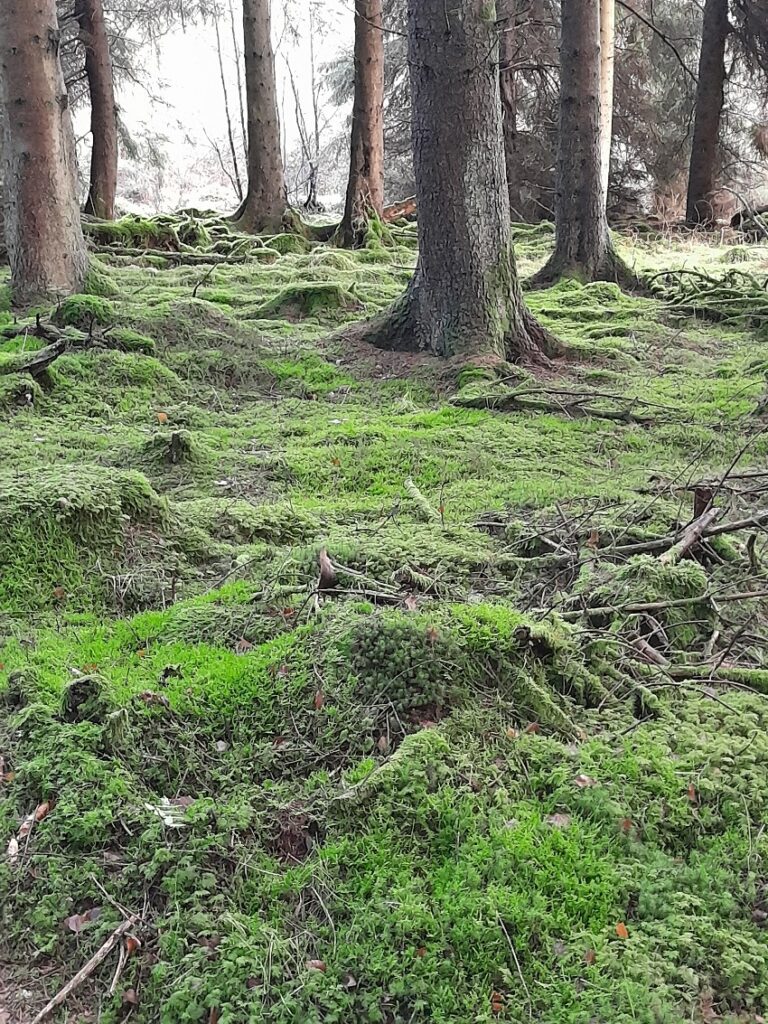
On 26 January, WSWG Trustees met with representatives of the CATS Panel and FLS as a first step in the evaluation and negotiation process ahead, initially in each of the woods and then at Kinclaven Church Hall. It would have been beneficial to have more time for the site visits, but we feel we were well able to convey the vision and justification for the WSWG Proposal.
Having got to where we are in the WSWG development phase, active networking to further validate the project and build rigour into its future management continues apace. This included a very interesting and useful meeting in January with Mike Robinson of the Royal Scottish Geographical Society to present WSWG as a prospective stakeholder in the initiative for Perth to become the most sustainable small city in Europe by 2050. We are also talking with a range of existing and new contacts who might be able to assist during this next critical phase. WSWG is also contributing to the Stanley Community Action Plan process as part of a Rural Focus Group.
Gorse and scrub clearance has more or less been completed by FLS at both Five Mile and Taymount Woods, which has opened up the core paths for access again, for which many thanks to FLS and the contractor. As the vegetation had grown vigorously over the past few years, beware of short gorse and birch stumps as a trip hazard, mostly on the verges but in some cases on the tracks themselves. There is also a lot of debris blanketing the verges which will rot down in time, but will be a problem for recovery of the amazing communities of wildflowers associated with the path networks in both woods. The thick mulch will both smother the currently dormant plants and also over-enrich the nutrient status of the soil which will favour the growth of dominant grasses over the more delicate wildflowers. We have begun speaking to FLS to see if anything can be done to mitigate this, but we also hope to find ways in selected areas for WSWG volunteers to help in our wildflower rescue mission over the next few weeks.
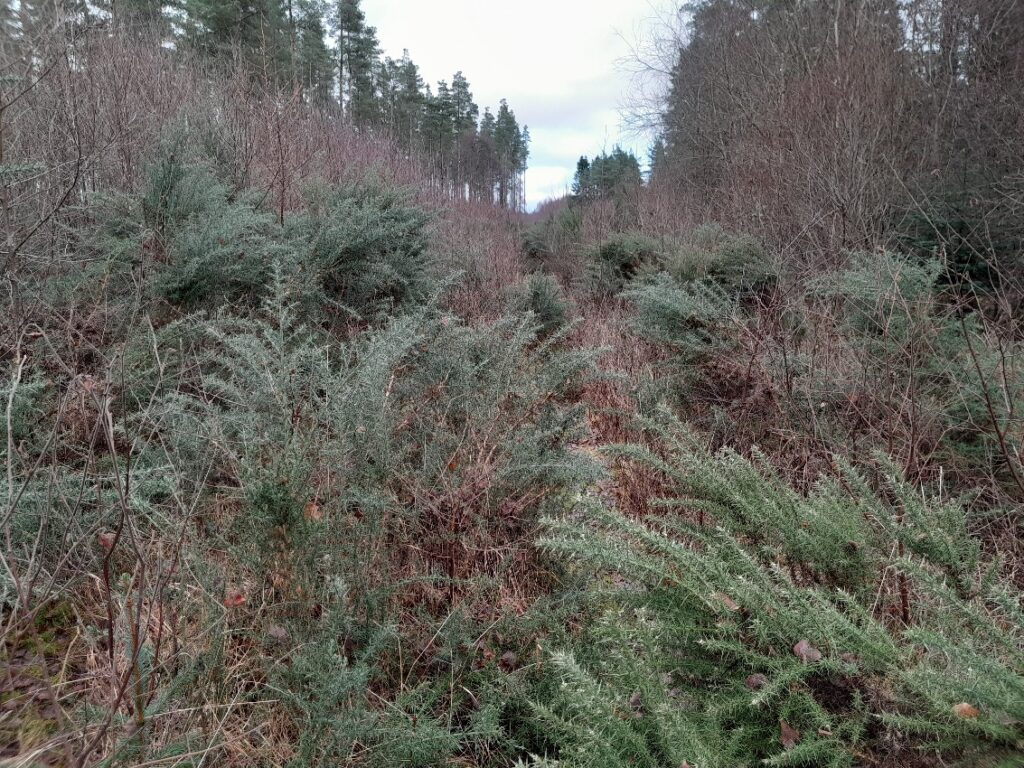
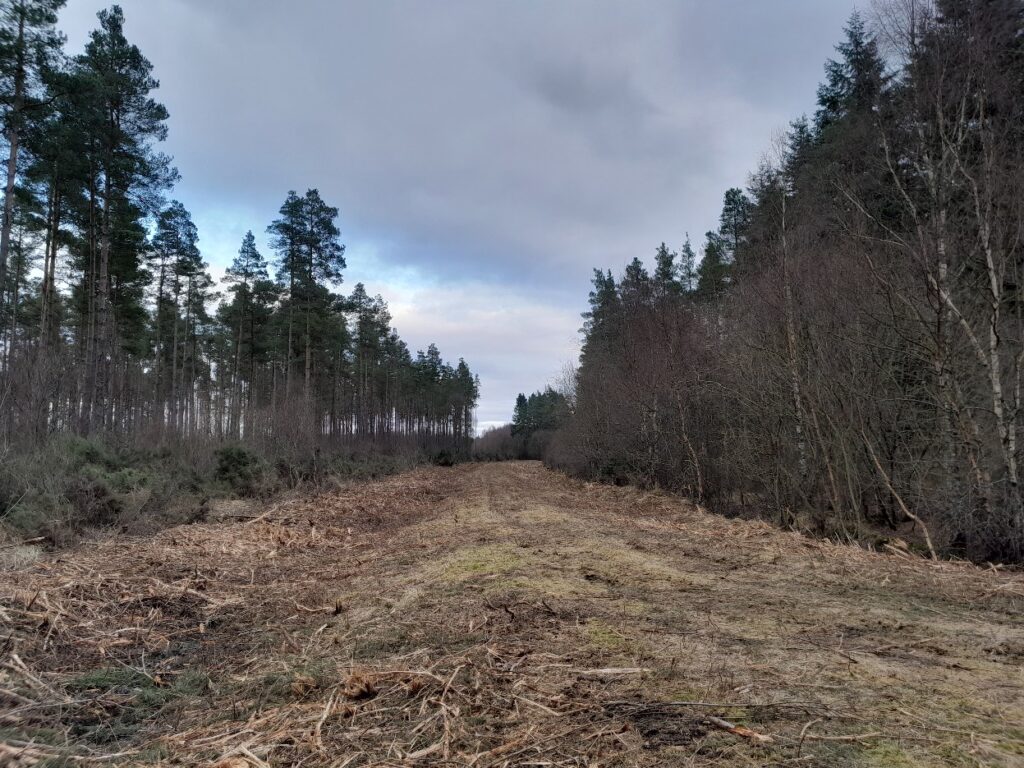
Sadly, both Five Mile Wood and Taymount Wood car parks have suffered badly from littering this winter. On one occasion in January, five bin bags were filled from the Taymount Wood entrance, and it is already needing cleaned up again. It would be good to get a small group together to clear up the current mess at Five Mile Wood too. Interestingly in both woods, there is rarely much of a problem beyond the gates, just in the car park and adjacent ditches. A problem which we aim to resolve properly when the woods are in community ownership!
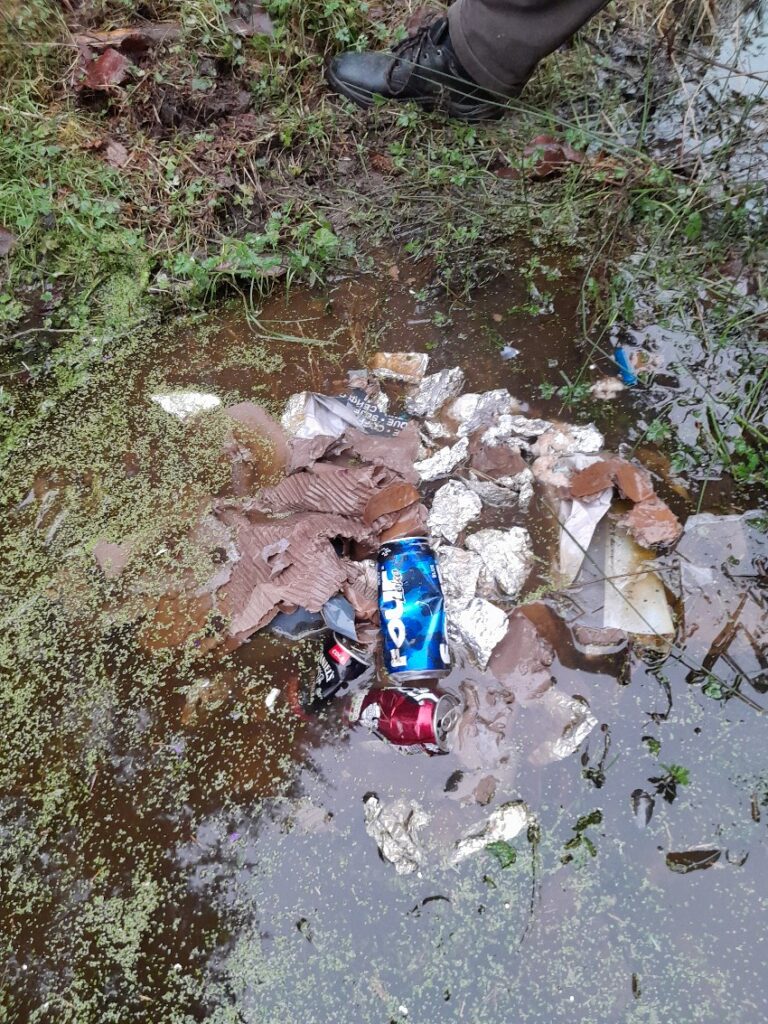
Word of the Month
Living Forest products: Plantation woodlands are planted with the purpose of harvesting them for timber. This usually means cutting them down at around 50 years old, which is a teenager in tree terms. Living Forest products are those which can be harvested without killing the trees, such as fruit, nuts, birch sap, plus honey, venison and other forest food products, payments for biodiversity gain and carbon sequestration, bequeathing and tree sponsorship for forest existence, and other creative outputs.
What’s coming up next?
- We will be rolling out our 2023 events programme soon so watch this space if you’d like to get involved. Our wildflower rescue mission will be one of the key activities.
- Ongoing CATS evaluation and negotiation process
- Putting together our Wildwood Steering Group to build management capacity and provide meaningful community involvement and influence in the future governance and operation of the WSWG 2-tier SCIO
- Fundraising for acquisition and operational start-up
